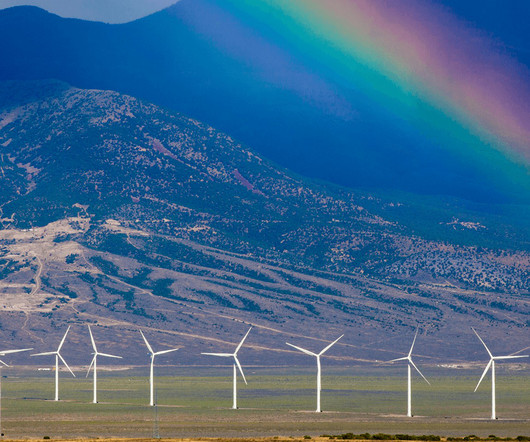US wind generation fell in 2023 for the first time since the 1990s
Baua Electric
APRIL 30, 2024
Annual US power generation from wind turbines declined in 2023 for the first time since the mid-1990s – here’s why. gigawatts (GW) of new wind capacity last year, but data from the US Energy Information Administration’s “ Power Plant Operations Report ” show that US wind generation in 2023 totaled 425,235 gigawatt-hours (GWh) – 2.1%









































Let's personalize your content